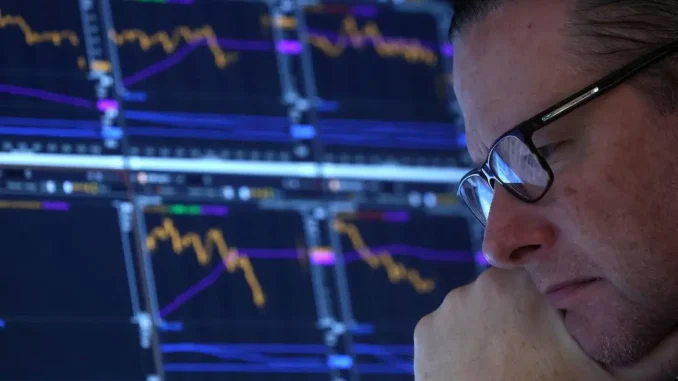
LONDON, April 4 (Reuters) – Global securities watchdog IOSCO on Thursday proposed detailed guidance on how regulators should supervise stock exchanges more closely to negate risks from changes in business practices.
IOSCO, which groups financial regulators from the United States, Europe, Asia and elsewhere, said that exchanges have increasingly become publicly listed companies over the past two decades while remaining self-regulatory in some cases.
In Europe, Brexit has contributed to the increased cross-border operation of exchanges and other types of trading venues, it added.
“The market evolutions have influenced the way exchanges and exchange groups are organised, which can potentially create new conflicts of interest, as well as operational and organisational interdependencies,” IOSCO said.
“These may give rise to potential risks and challenges concerning the regulatory functions and responsibilities of exchanges, as well as supervisory issues.”
In some exchange groups with multiple boards, directors sit on several of the boards – a practice known as dual-hatting – to cut costs and complexity.
However, this practice could impair the ability of board members to act in the best interest of each exchange they serve, especially when there are diverging or competing interests within the exchange group or with shareholders, IOSCO said.
The report proposes six “good practices” for regulators to assess how exchanges are structured to ensure independence in the way bourses discharge their regulatory obligations, ensuring that controls are maintained at the level of each individual exchange in a group.
Regulators should also ensure adequate monitoring of the activities of multinational exchange groups operating in their jurisdiction, it added.

Leave a Reply